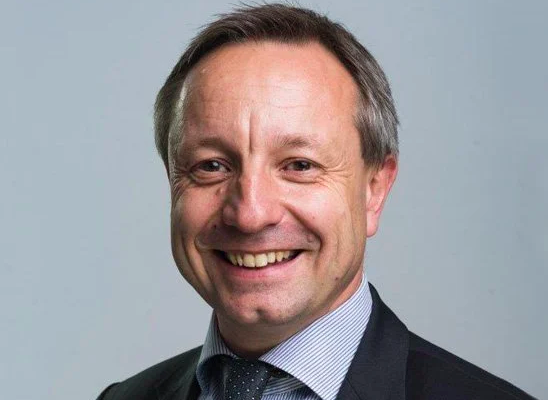Waits of a decade and more to link new wind and solar farms into transmission grids present the biggest risk to the UK missing its 2035 target to decarbonise electricity, Ofgem boss Jonathan Brearley said yesterday.
It is “simply not acceptable”, the regulatory chief said, that 20% of low carbon generation projects now in the NG’s and DNOs’ approval pipelines must wait ten years before reaching their offered connection dates. A further 40% have been offered connections beyond 2030.
“That pace is not compatible with our ambitions on cost, security, or Net Zero”, said Brearley told a conference in Birmingham.
“Polite queuing may well be in the very best of our British traditions, but it is simply not working here”.
He called for an end to ‘first come, first served’ management of connection applications. That had led to queues becoming blocked with projects based on outdated, now unviable business cases.
Between 60% and 70% of high-voltage transmission schemes never connect to the grid, the regulator calculates. More than half of today’s queued projects will wait five years or more to be offered a connection date.
Brearley welcomed this week’s proposals from National Grid ESO under its Connections Reform initiative for tighter management of links approval.
This says that projects which cannot meet predefined milestones will drop out of consideration, and without financial penalty. Such a two-stage process could shorten connection waits for many schemes by between two and ten years, the ESO estimates.
National Grid chief executive John Pettigrew recently called for the ESO to be freed to make “anticipatory investment” to accommodate as yet unapproved renewables projects.
But Brearley maintained yesterday that Ofgem’s “invest and connect policy” has removed all barriers to National Grid investing in grid expansion and upgrades ahead of applications.
Ofgem piloted the new direction in December, accelerating £20bn investment in connecting up 26 offshore wind projects. It has launched a consultation to extend this approach to other technologies.
“This problem needs to be tackled now”, said Brearley. “We will work with everyone across the industry to make sure that we do. But if we don’t go far enough, then yes we will have to change the regime to make sure that we do so”.
On Net Zero, Brearley told the conference that the regulator’s board favoured taking on an explicit responsibility for delivering the target. It would sit easily beside the body’s duty to defend consumers’ interests in Britain’s energy markets.
More here.





The National Grid was designed for a past era when most of the UK’s primary energy was delivered by burning mostly fossil fuels. By 2050, it is likely that most of the UK’s primary energy demand, presently around 2,000 TWh a year will be delivered as green electricity, with the balance drawn from geothermal energy by ground source heat pumps. The present grid presently delivers less than 20% of the UK’s primary energy, so its transmission capacity needs to be hugely ramped up to deliver what the nation requires.
It is a dangerous distraction to consider the heating of buildings by hydrogen powered condensing boilers that are at best 90% efficient in condensing mode, and often they are not in condensing mode. By 2050 the hydrogen is likely to be produced by an electrolyser which is only about 65% efficient in splitting the water molecule, reducing the overall efficiency of burning hydrogen for heat to around 50%
A directly connected electric ground source heat pump will deliver at least 350% of the heat from the electricity that drives it.